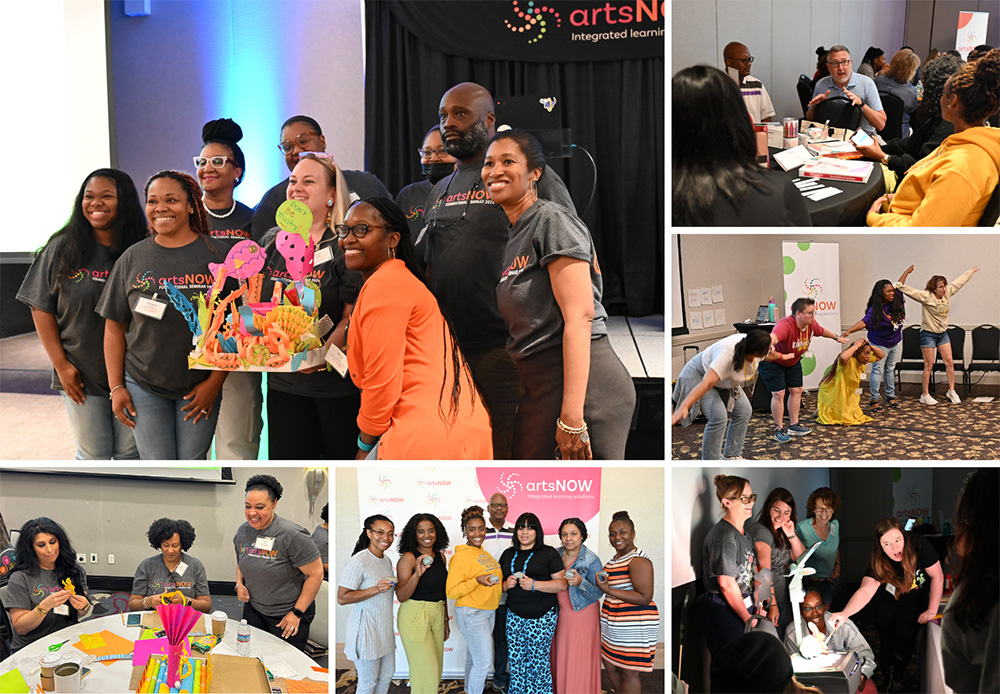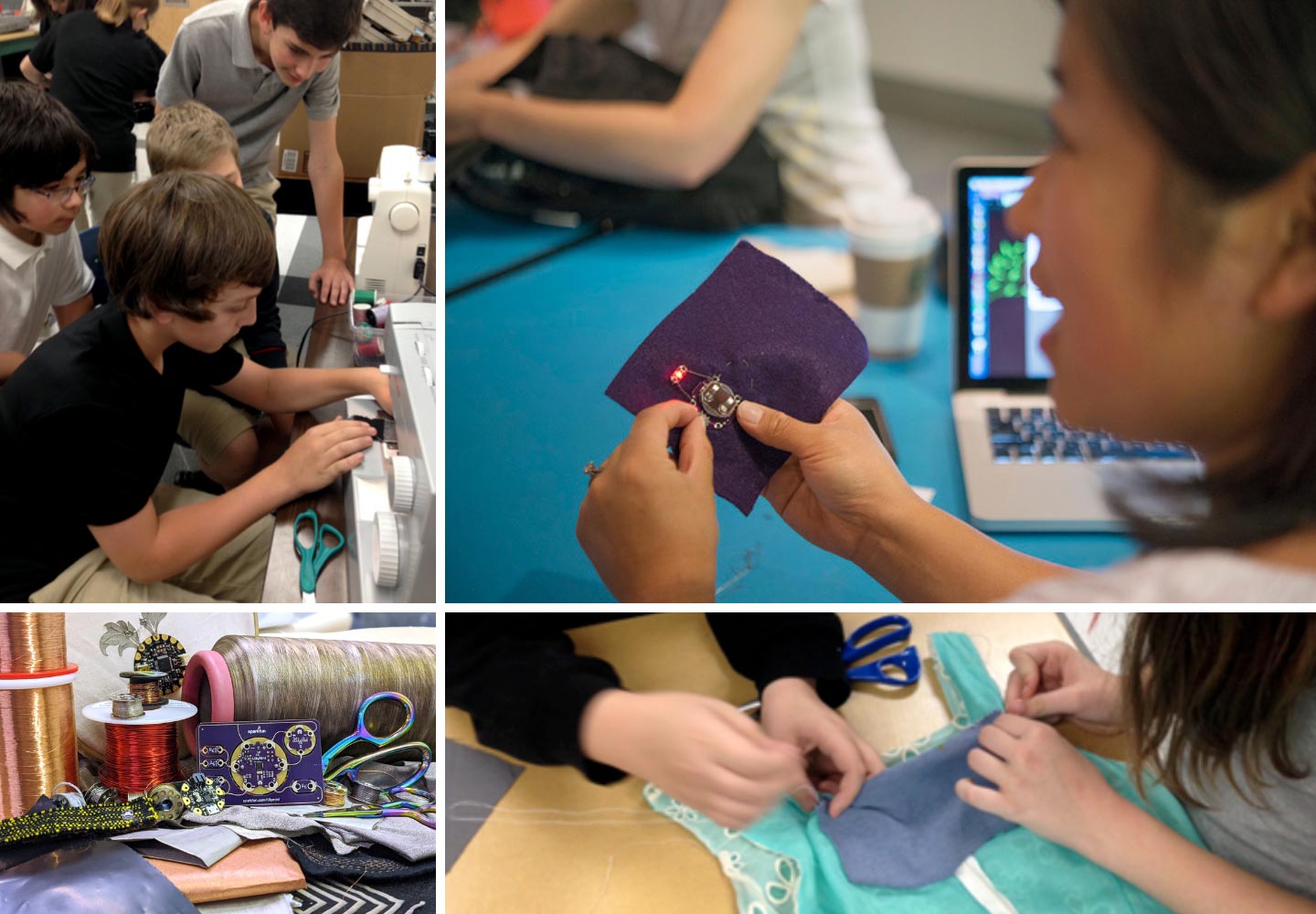ArtsNOW Receives $460,000 Grant from Joseph B. Whitehead Foundation to Expand SmART Literacy Initiative in Fulton County Schools
ArtsNOW Receives $460,000 Grant from Joseph B. Whitehead Foundation to Expand SmART Literacy Initiative in Fulton County Schools

ATLANTA, GEORGIA – The Joseph B. Whitehead Foundation, an independent private foundation dedicated to supporting education, health, and economic opportunity for children in metro Atlanta, has awarded a $460,000 grant to ArtsNOW. This grant, distributed over three years, will support the expansion of the SmART Literacy initiative to four elementary schools in the Atlanta area.
SmART Literacy, originally funded by the AAEDD (Assistance for Arts Education Development and Dissemination) federal grant, has a proven track record of enhancing student achievement by integrating various art forms into literacy-focused content. Over the past five years, this initiative has significantly improved teachers' ability to blend arts with reading and writing instruction, resulting in higher reading levels, better writing skills, and increased student engagement and enjoyment of learning.
Thanks to the generous support from the Joseph B. Whitehead Foundation, ArtsNOW will expand the SmART Literacy initiative to include four elementary schools in metro Atlanta.
During the spring of 2024, ArtsNOW collaborated with Fulton County Schools district leadership to select the following four elementary schools to participate in the initiative:
- H. Gullatt Elementary School
- Hamilton E. Holmes Elementary School
- Ison Springs Elementary School
- Vickery Mill Elementary School
ArtsNOW conducted school visits to meet with each principal and school leadership teams to understand the specific needs of each school.
"We are honored to receive this generous grant from the Joseph B. Whitehead Foundation," said Pamela Walker, President and CEO of ArtsNOW. "This support will enable us to extend our reach and impact, helping more students develop vital literacy skills through the arts. We look forward to working closely with these schools to create customized plans that meet their unique needs."
After the school year ended, each elementary school sent a team of teachers and administrators to attend the ArtsNOW Foundational Seminar. These seminars provide educators (K-12) with the tools to implement arts-integrated strategies effectively, fostering a more engaging and dynamic learning environment for students. During the professional learning, an arts-integrated foundation was laid so teachers could begin planning to integrate music, dance, theatre, and visual arts into their class content for the next school year.
The Joseph B. Whitehead Foundation focuses on making grants in five program areas: early childhood education, K-12 education, children and youth, human services, and health. By investing in well-established institutions and projects with strong leadership and a broad base of support, the Foundation seeks to help organizations with a proven track record of success seize new opportunities or meet extraordinary needs.
For more information about the SmART Literacy initiative or to learn how your school can get involved, please visit artsnowlearning.org.
About ArtsNOW:
ArtsNOW is a national non-profit that offers customized solutions to improve teacher efficacy and student results through authentic arts integration into academic content.
About the Joseph B. Whitehead Foundation:
The Joseph B. Whitehead Foundation is an independent private foundation that seeks to help people in need in metro Atlanta, particularly children, by investing in education, health, and economic opportunity. The Foundation is responsive to the needs of the community and typically makes grants to well-established institutions and projects with strong leadership and a broad base of support.
Media Contact:
Shenley Rountree
Director of Marketing & Development
ArtsNOW




